How Hartpury College Uses Video Analysis to Drive Development of Student-Athletes
Nestled just north of Gloucester, England, surrounded by the rolling hills and winding roads that characterize much of Britain’s countryside, lies Hartpury College and University Centre. The sprawling campus is home to over 3,000 students working towards a higher education, ranging from BTEC diplomas to postgraduate degrees.
But it's also home to one of the country’s premiere athletic departments, which competes in sports ranging from equine to football. Assistant Director of Elite Sport Marc Richards speaks glowingly about Hartpury’s commitment to sport, and he invited us to campus to see what they’re all about.
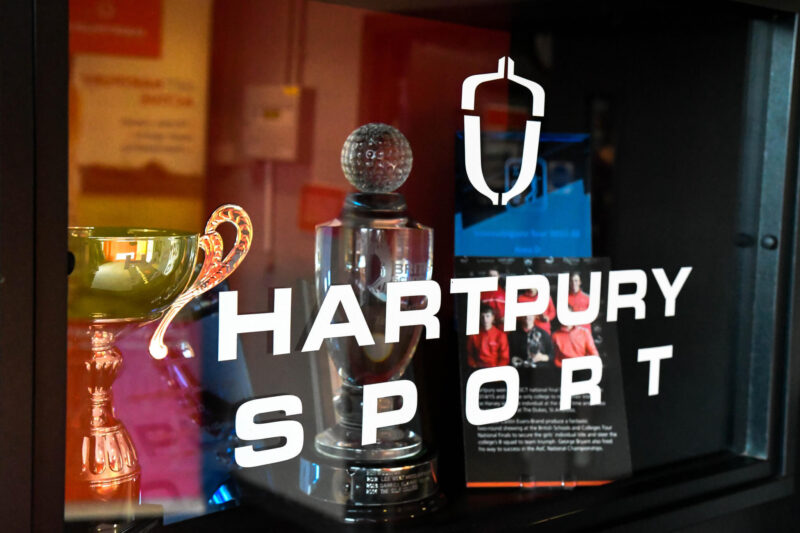
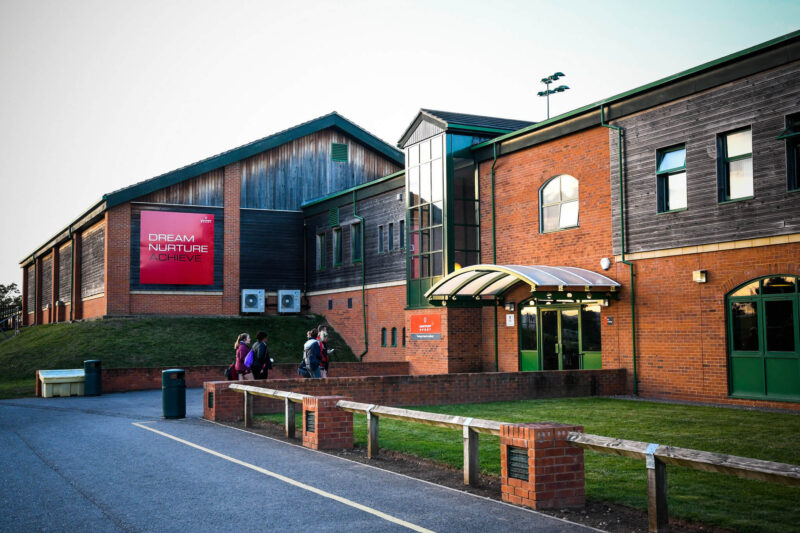
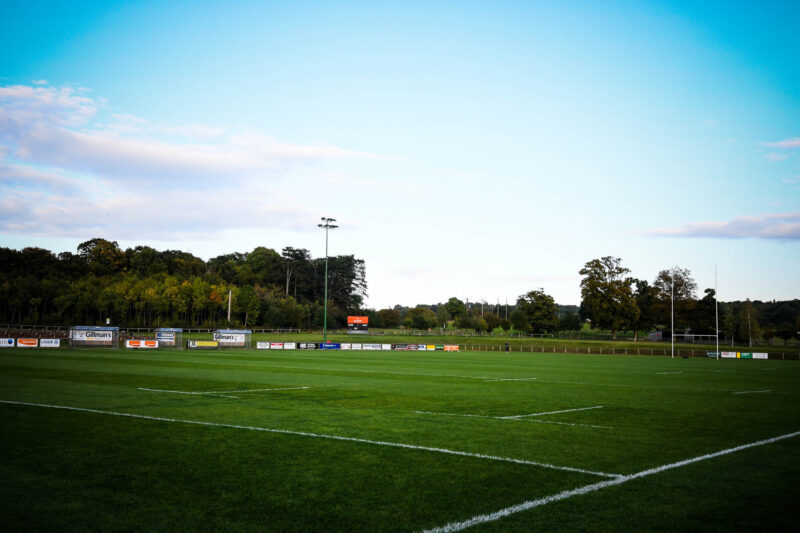
The day started bright and early, as many do here at the college. By the time we arrived, the football and rugby squads had already finished warming up on their respective training pitches. It’s full on for the lads in the first-team - early morning training sessions at 7 a.m., three days a week, and mid-week matches on BUCS Wednesday - which means there is little time to waste.
The squad is comprised of young student-athletes who not only play for Hartpury, but are also playing for local semi-professional sides. “If I take a lad who is maybe playing at Gloucester City Football Club or another decent non-league team, they could be playing three times a week,” said Richards. “It’s a real balancing act in terms of trying to monitor their load with training and playing in order to ensure that it’s right for the athlete.”
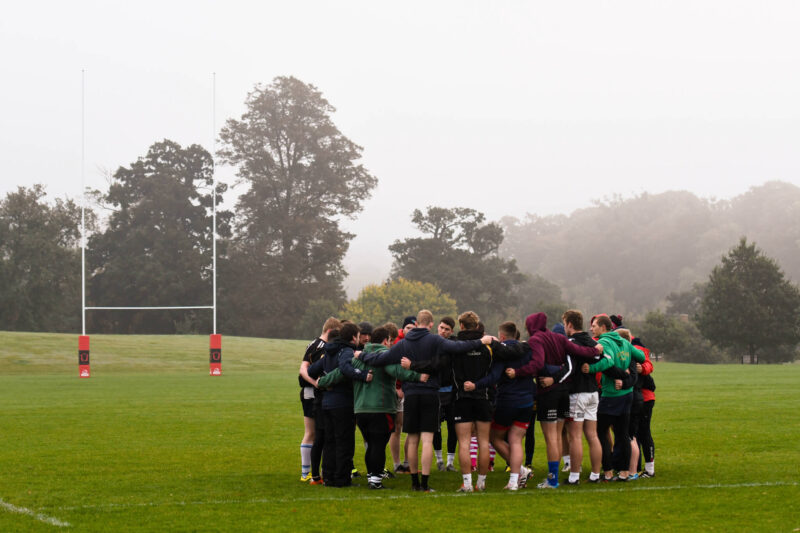
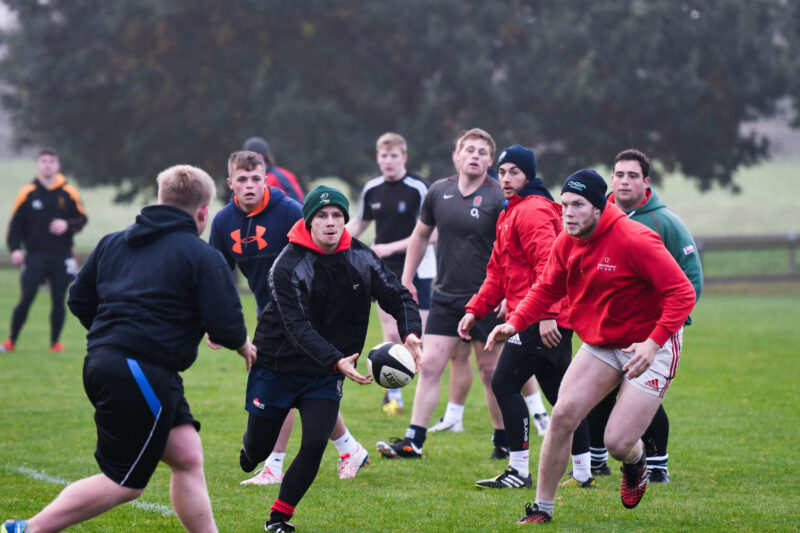
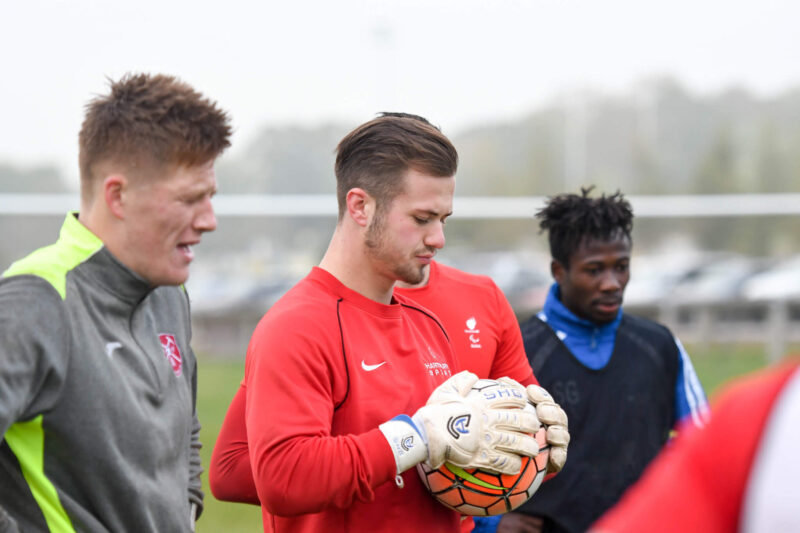
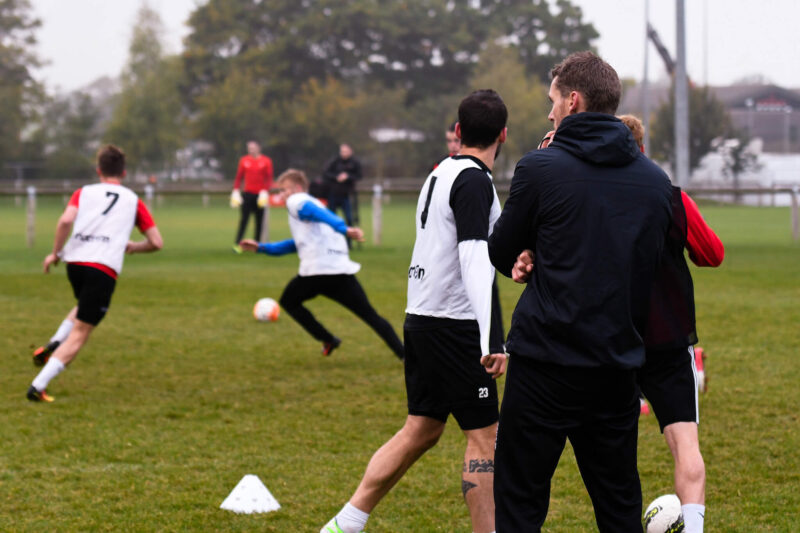
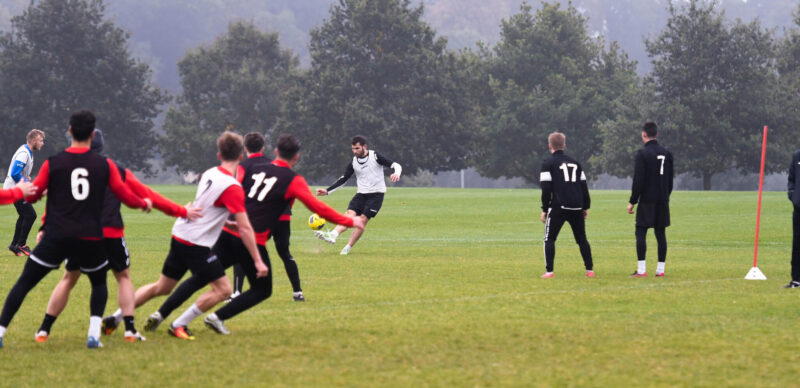
Sessions typically take place early in the week prior to a Wednesday match, and again on a Friday following, but if there are specific things they want their squad to work on in training, a brief session takes place early on the following Monday. It’s an idea that the football program began, but has since been adopted by others at the college, including the rugby staff. “We’ll have short 15-minute classroom sessions looking at some video before we go out to train. So it kind of sets the tone on what we’re going to work on,” said Richards. “I think we’ve always been quite innovative with what we’re trying to do with our sports, and video analysis/performance analysis has always been a big part of that.”
The staff’s analysis influences how they structure their week with the squad. “From my perspective as a coach, I’ll go home and reflect on [the match], write a few notes. Then I’ll come in on Thursday and watch the game on my own,” said Matthew Taylor, former Senior Football Manager at Hartpury, who is now the Exeter City U23 Head Coach and Assistant First Team Coach. “Then it’s a case of the video analysis lads and myself working together to put together a load of clips, individual and team, and we get them ready for the lads to look at.”
Barnes has taken a very similar approach to analysis with his rugby squad. Once the game is filmed on Saturday, it gets uploaded to Hudl as soon as possible. “Myself and two other coaches involved will put our comments on Hudl by say Sunday afternoon,” said Barnes. “All the players can look at the game and see the coaches comments throughout. Monday is an off day for the Saturday side, so as coaches we would go through the game in Sportscode and take out the things we want to show the guys on Tuesday whether that involves clips we’ve commented on or just a few areas we’ve done well or poorly in.”
The key for Barnes and the rugby staff is to pull out trends across multiple matches where they can improve. “There’s no point in watching your missed tackles in one game,” Barnes said. “We try and look for trends throughout a 3-4 week period where we are making errors and where we’re doing things well, and those are the areas we focus on.”
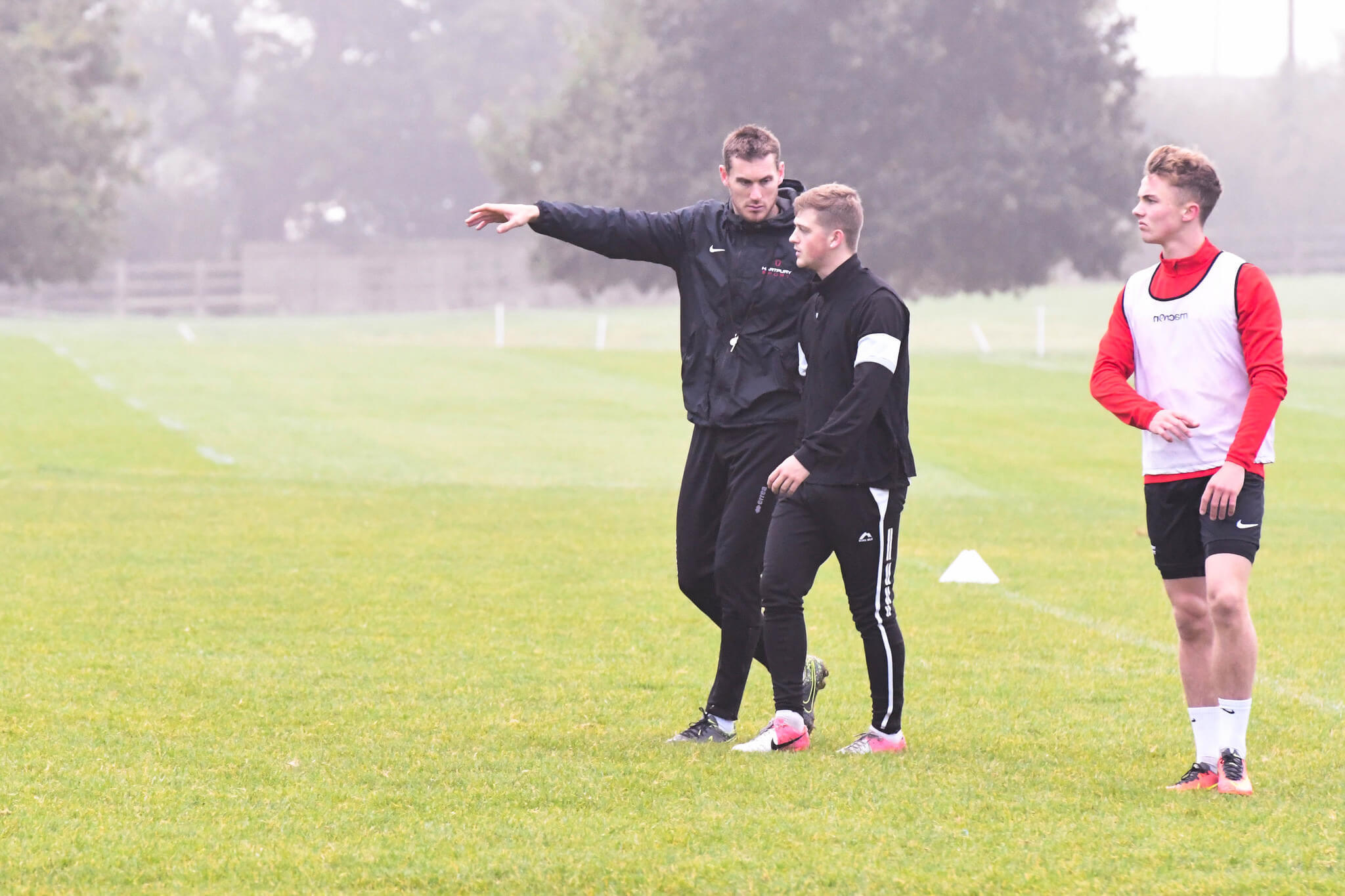
When it comes to scouting opponents, the rugby program has taken initiatives to empower not only their coaching staff, but the players as well. “They do a lot of opposition analysis themselves,” Barnes said. “So Hudl has helped with that. It’s easy for them to do their own opposition analysis at home or where they are at.”
“[Hudl] gives them a platform where they can view the opposition, code the opposition,” Richards added. “Rugby have been really proactive with it and utilize it a lot.”
That mentality has carried over into the football program as well. “We generally get two or three games before we play an opposition,” Taylor said. “So it’s quite detailed analysis. It’s important to paint a few pictures in the players minds just so they’re ready for the game.”
Focus is everything in training and video analysis. The visuals Taylor mentioned are what enables the staff to equip their players with tools, like video analysis, that will ensure they are prepared for any situation. The onus is then put on the players to prepare. “We help them out as best as we can. We code the games, give them their own clips, but if they want to learn certain aspects of the game, then they can do their own clips,” said Taylor. “It’s a great tool for their own development.”
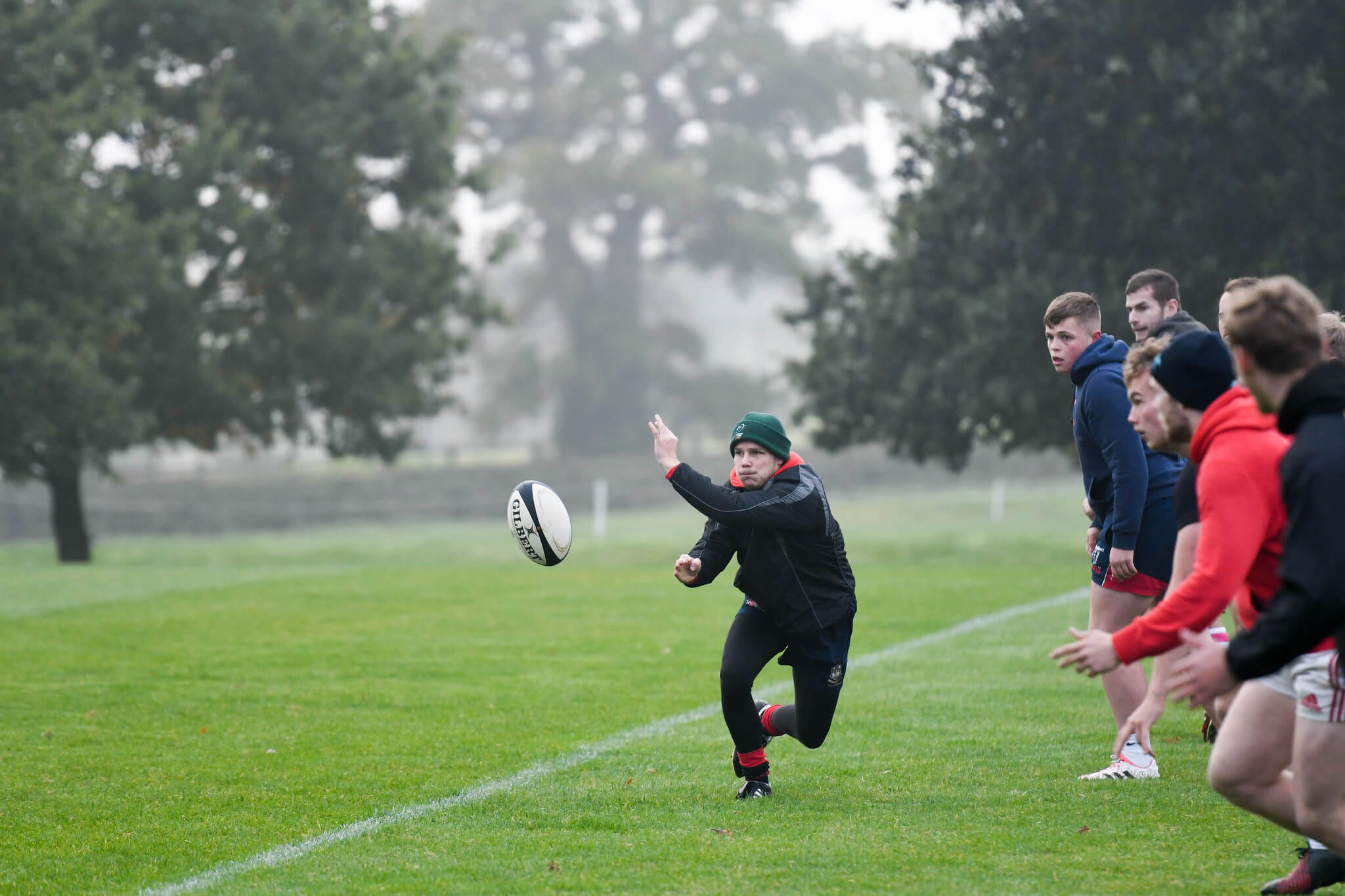
That’s the common thread amongst all the teams. The feedback loop from coach to player is never ending. It’s consistent and cohesive. This allows the coaches to focus on specifics while empowering their players to own their development. “We want them to come and talk to us about it,” said Chris Knowles, who used to head up the performance analysis department, but has since been named Senior Football Manager at Hartpury. “We try and do three reviews with each player, especially in the first-team, a year. So if they can come to us with little videos or short clips, from that they can take it away and look at other clips and get a good perspective on where they need to improve.”
“It’s a great learning tool for the young players to develop their knowledge of the game.” Taylor added. “We don’t highlight mistakes unless they keep happening. We try to emphasize positioning in terms of scenarios and specific game situations as much as we possibly can.
“Young players need to see that, otherwise we’re just telling them things constantly, but we’re not actually showing them.”
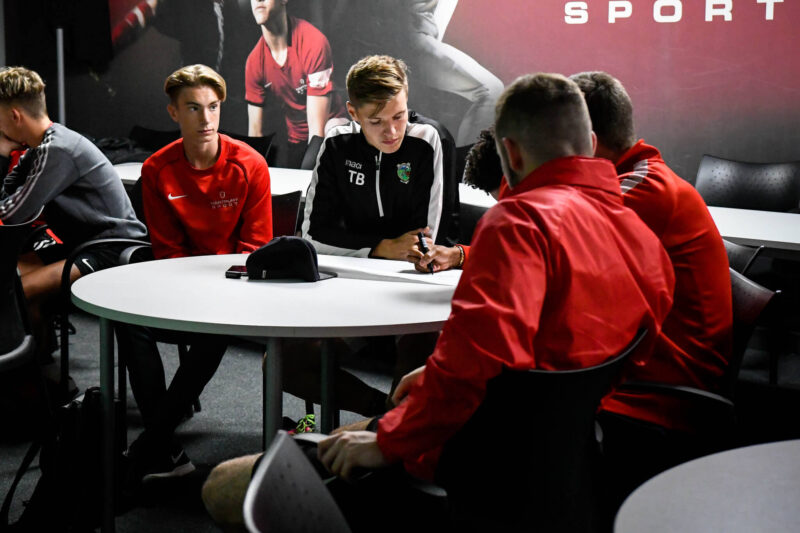
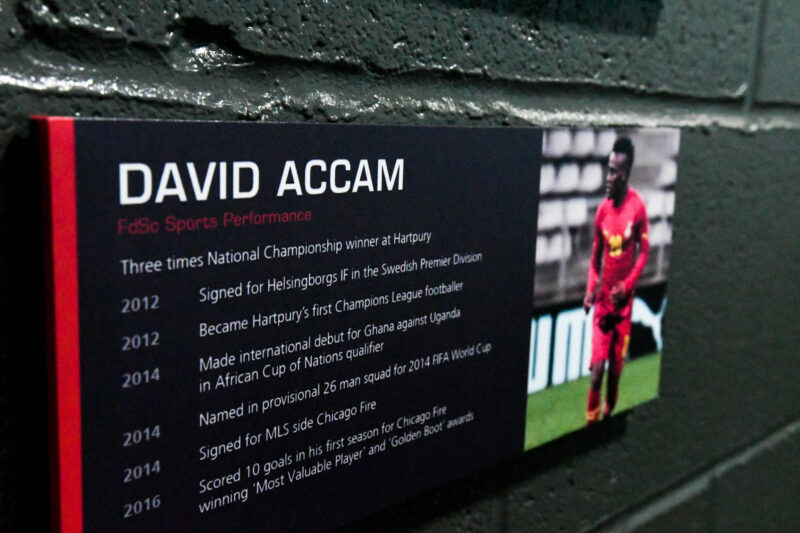
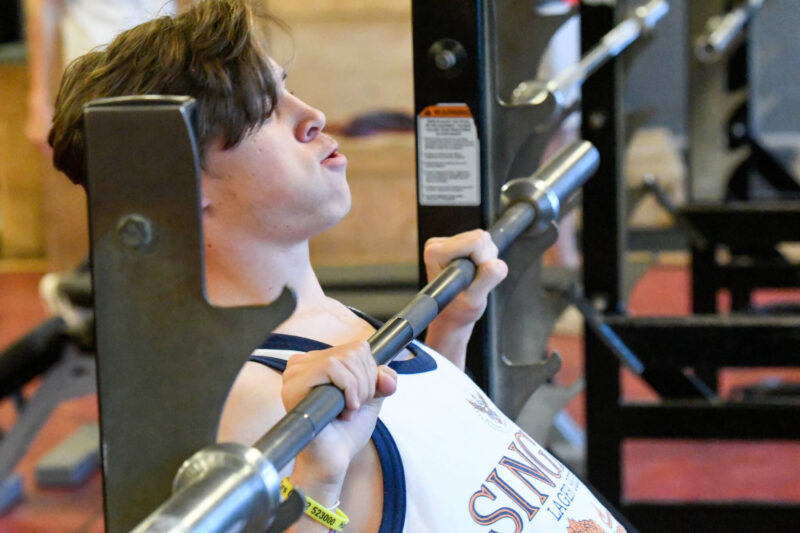
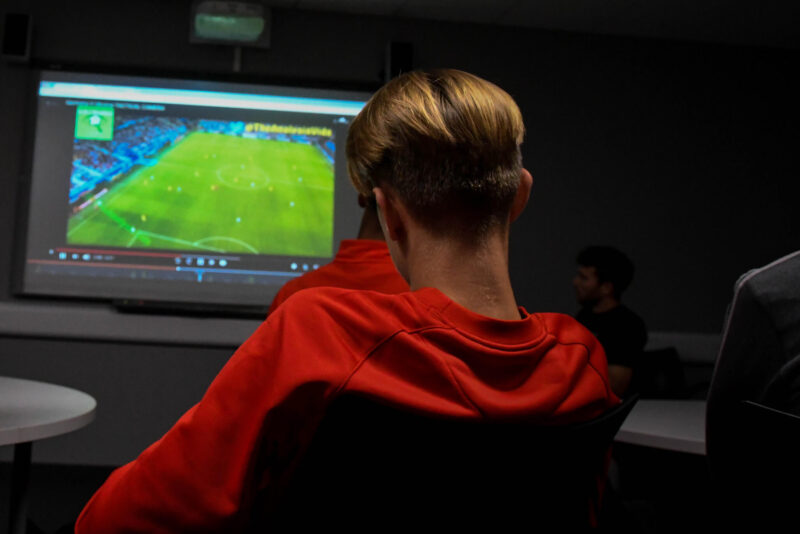
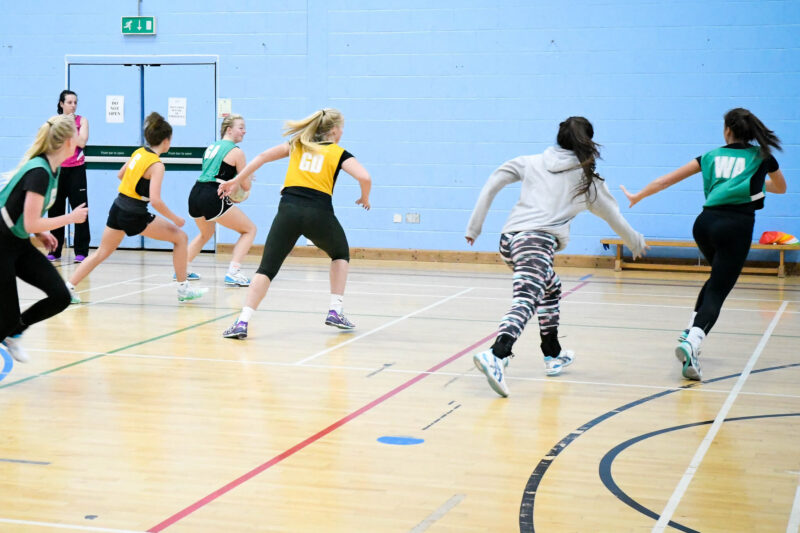
The college’s commitment to developing players is so much more than on-field advancement. At the end of the day, however long that athlete spends with them, they want that athlete to improve as an individual. “It’s academic first and foremost,” said Richards. “That’s making sure they do their academic work and combine that with a very good level of sport and hopefully at the end of it they feel that they’ve benefited from their experience at Hartpury and they’ve gone on to be a better person.”
Even for students who don’t play, the adoption of performance analysis has opened doors for them to get involved at the highest level. “The amount of students that we’ve had here [at Hartpury] that have worked within our sports programs, not as an athlete but as a coach, that have now gone on to work in the industry is phenomenal,” said Richards. “That’s one of the biggest things here which I think we provide. It’s not just from a playing perspective. It’s [an opportunity to] come and see what an elite program looks like, and work within it. Who knows where that might lead you?”
They even go as far as hosting local clubs on-site for their students to meet, in the hopes that an introduction might open up a pathway into placement for credit. “[They] might be looking for placement students and then they come in and meet the students and see if it fits with where they want to go in their career,” said Richards.
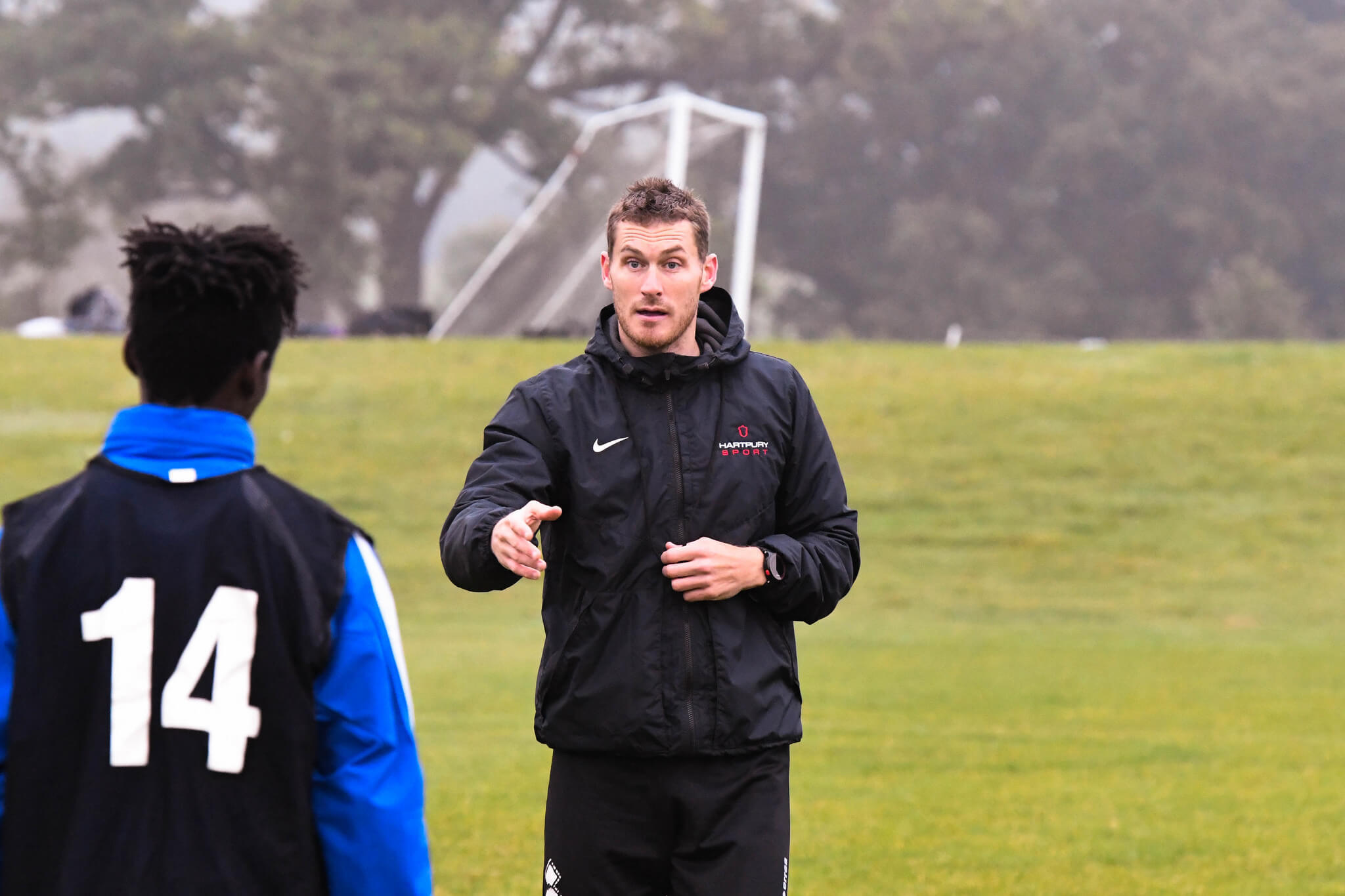
It’s clear that Richards and others at Hartpury put an inherent emphasis on innovation. Their ambitions are to keep their athletic department at an elite level. “That’s the one thing we’re always looking to do here at Hartpury is improve on what we’re currently doing. The introduction of Hudl, especially for certain sports, is working really really well,” said Richards. “So now we’ve given all the other sports the opportunity to start utilizing it.
“It’s quite nice seeing the other sports looking at where they can take this, and how it will help improve our athletes development over their time here at Hartpury. I think you can see that there is a culture and that it’s led to the strategic priority.”
The whole community at Hartpury has embraced the advancement of video analysis within their program, and are all on board with the opportunities it provides their student body. “I’m a big believer in it. It helped me in terms of my playing and my development. Certainly, in terms of young players who need to learn the game, it’s a huge tool,” said Taylor. "This is a crucial moment [for them] because they’ll never be at a better program. Even professional outfits can’t compete with us in terms of facilities and the support services we provide. We want them to make the most of it.
“[In terms] of development, video analysis is massive for us.”
If anybody is interested in finding out more about Hartpury’s sports programmes and courses, please contact Assistant Director of Elite Sport, Marc Richards on 01452702106 and marc.richards@hartpury.ac.uk.